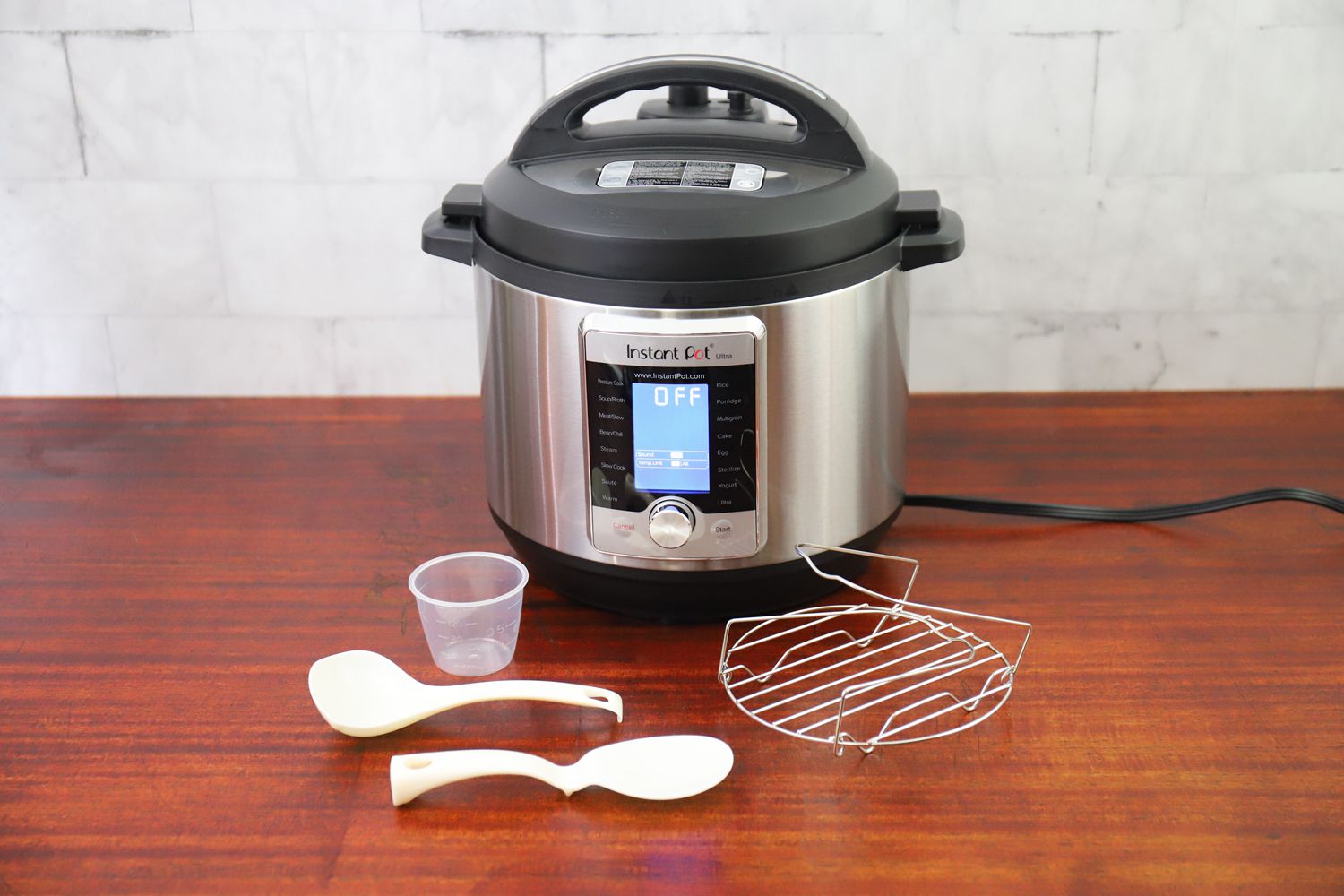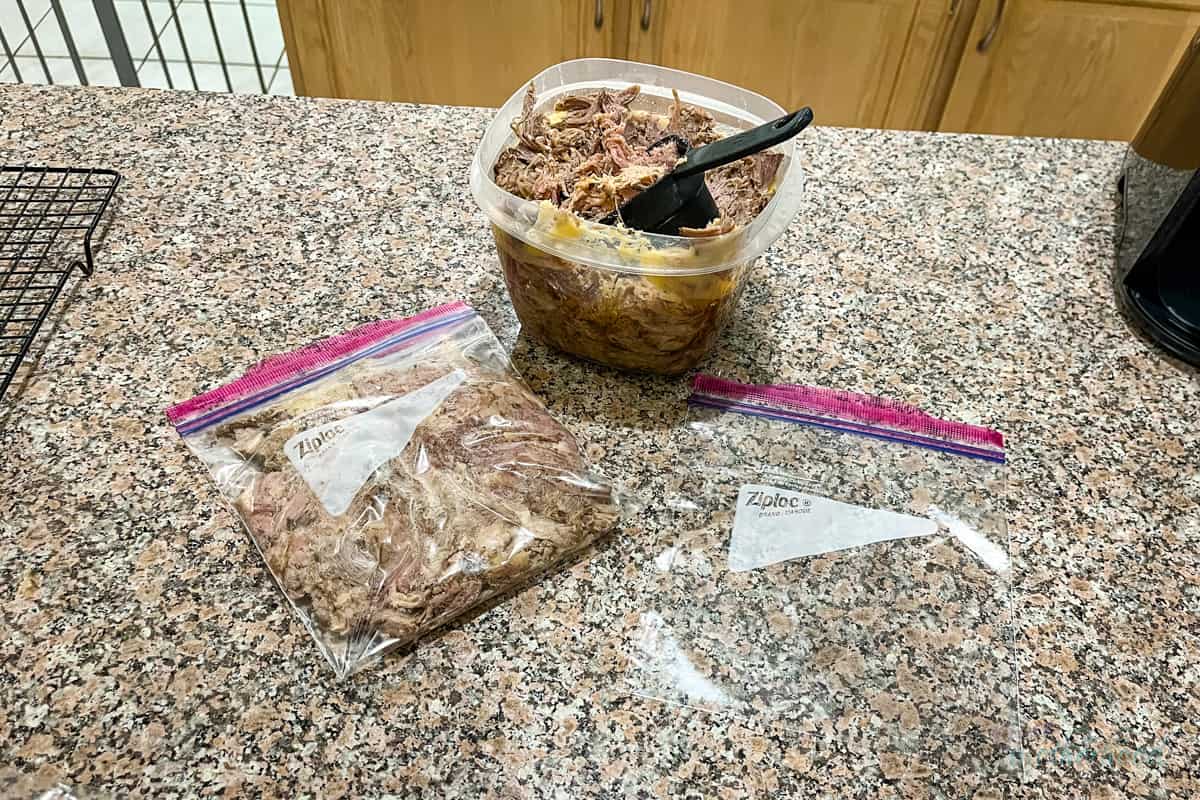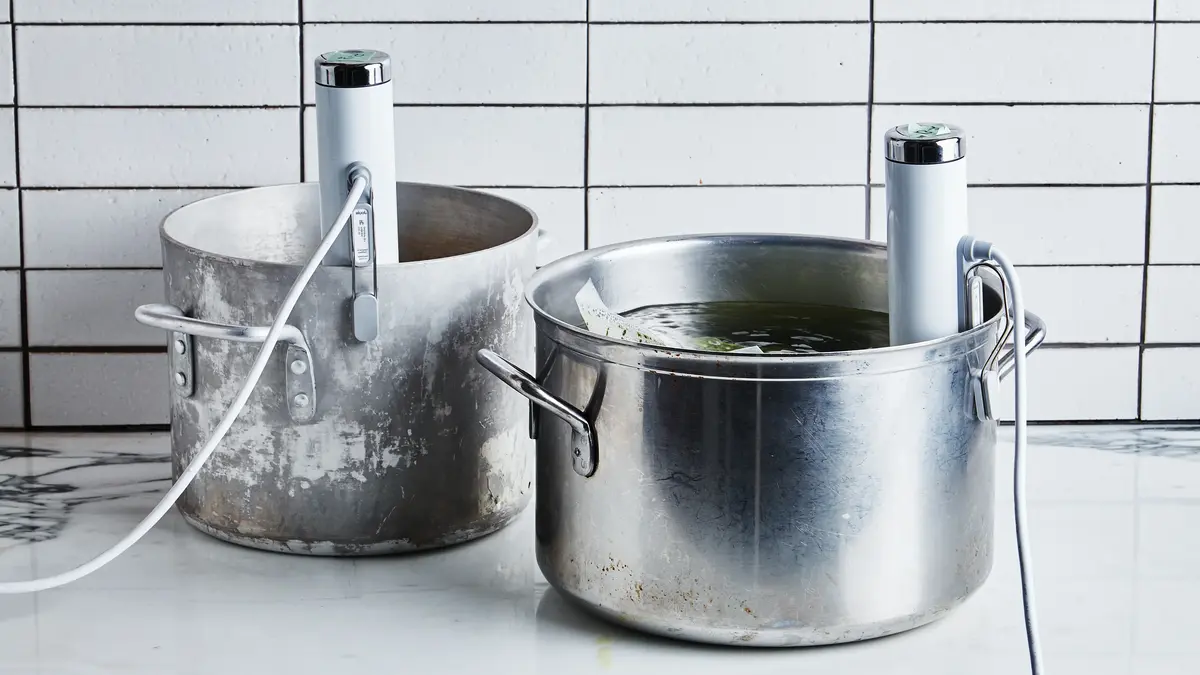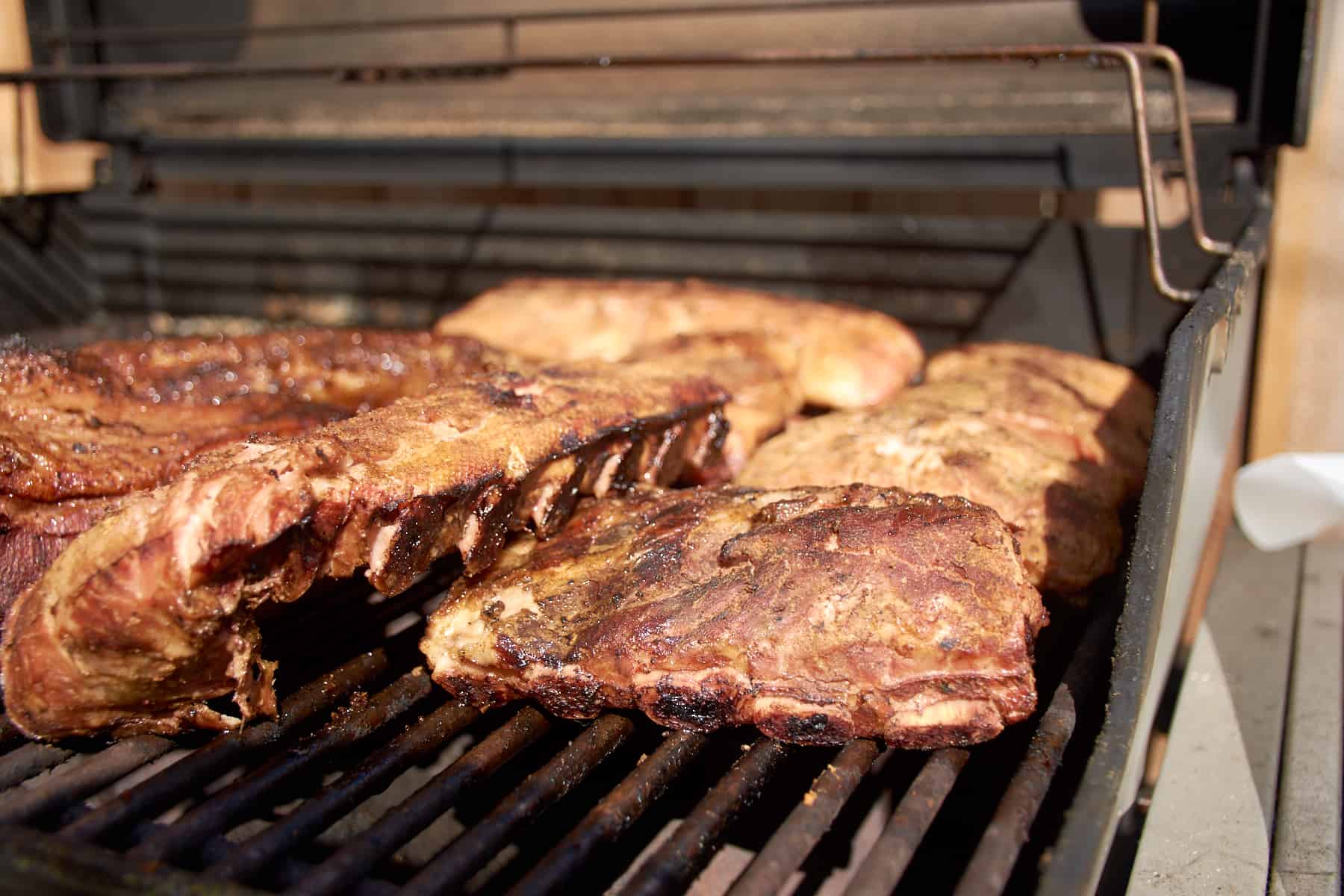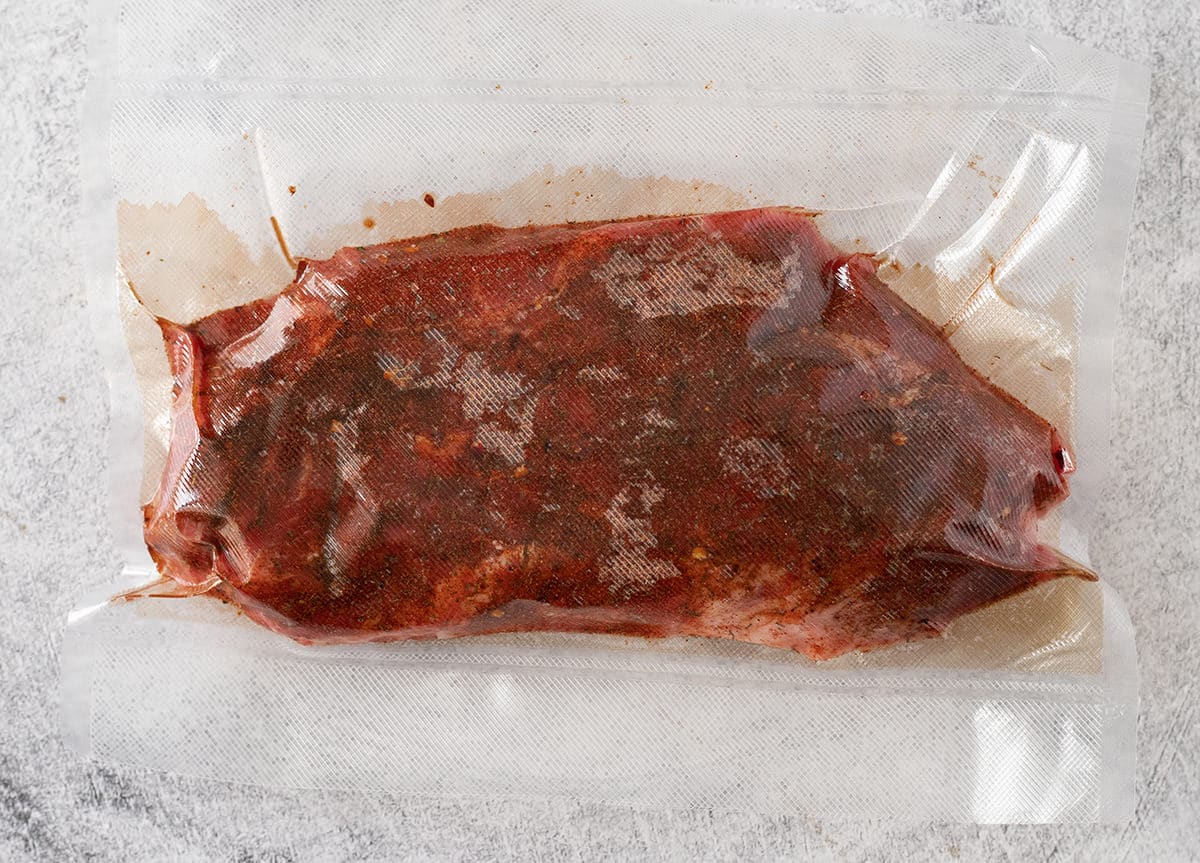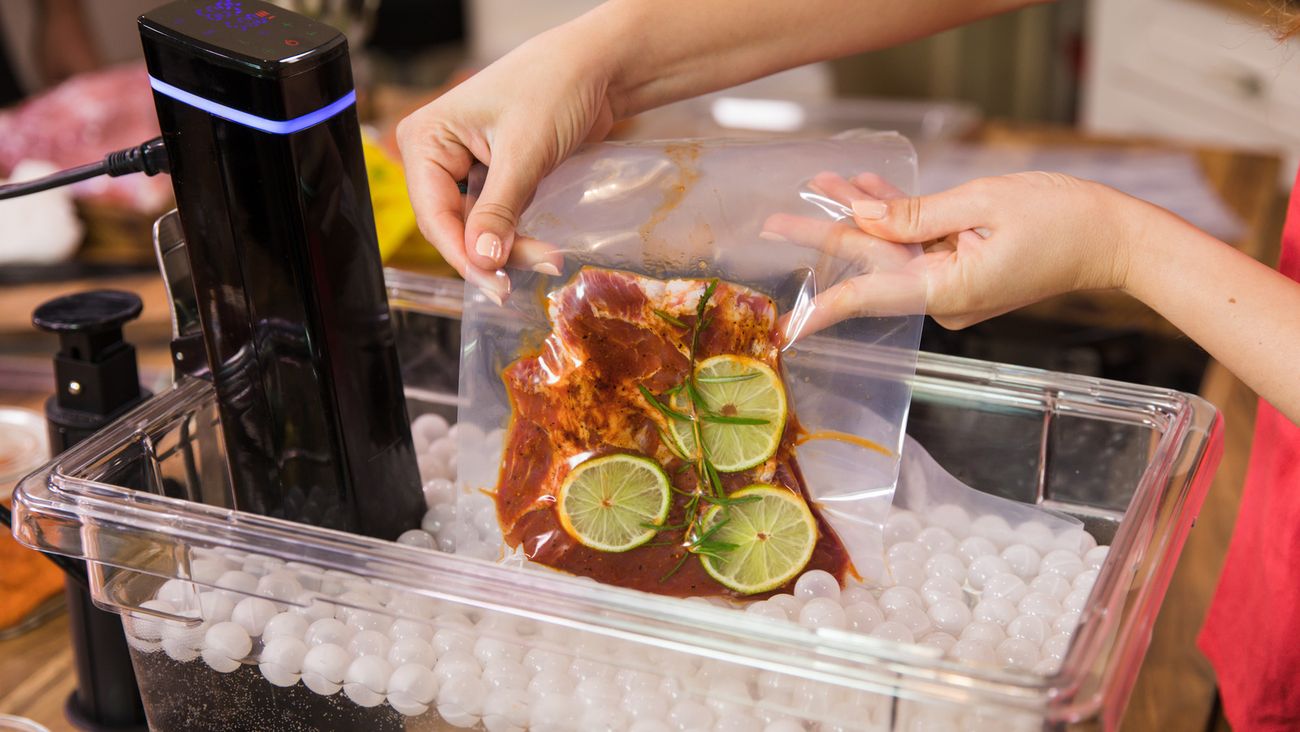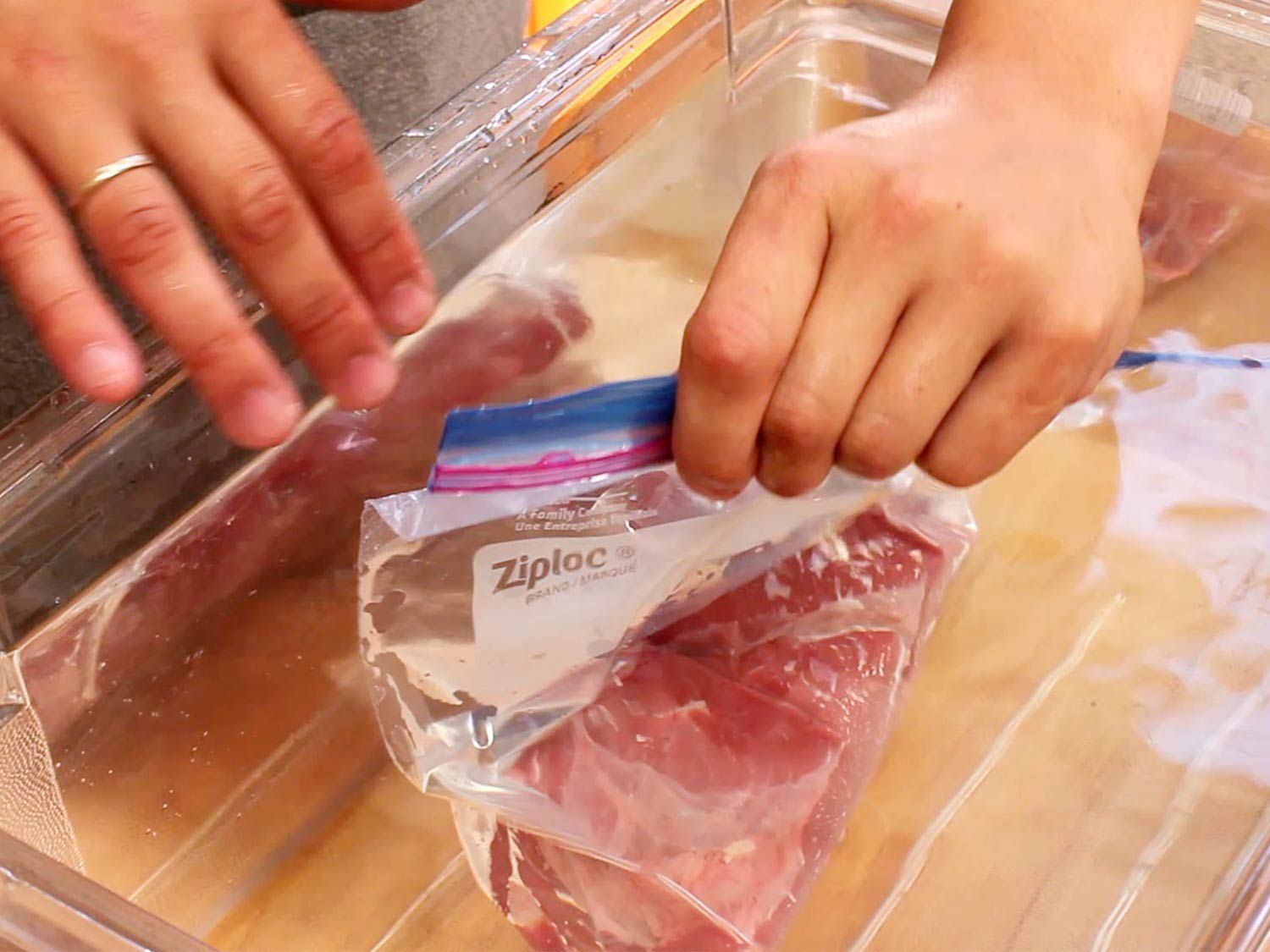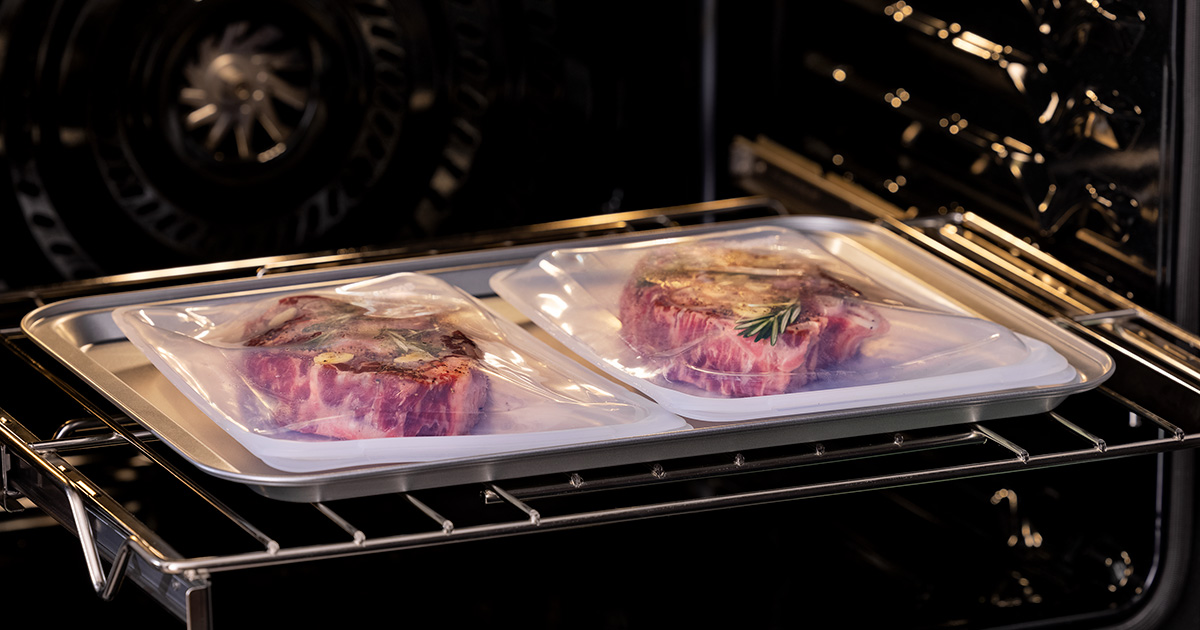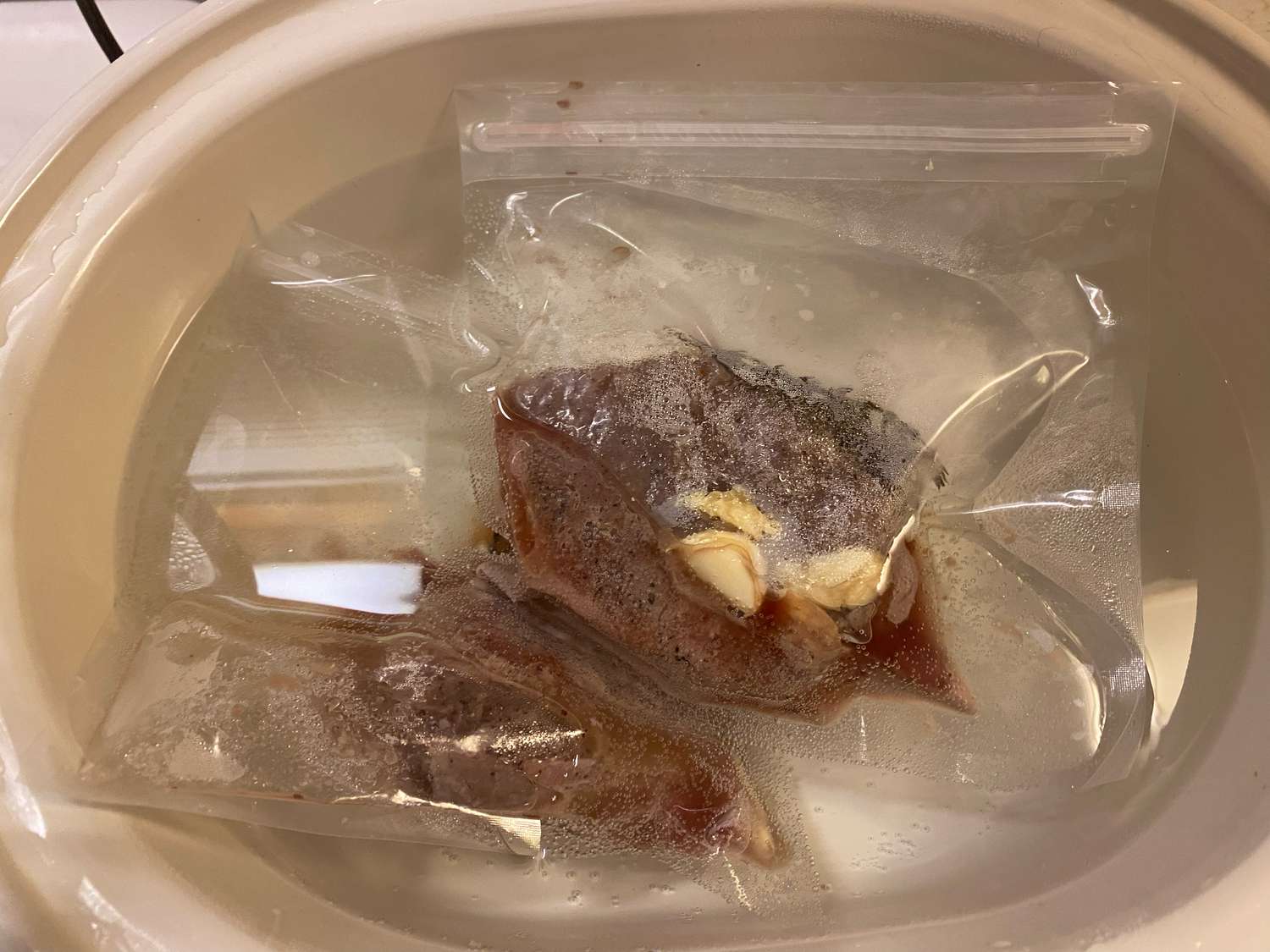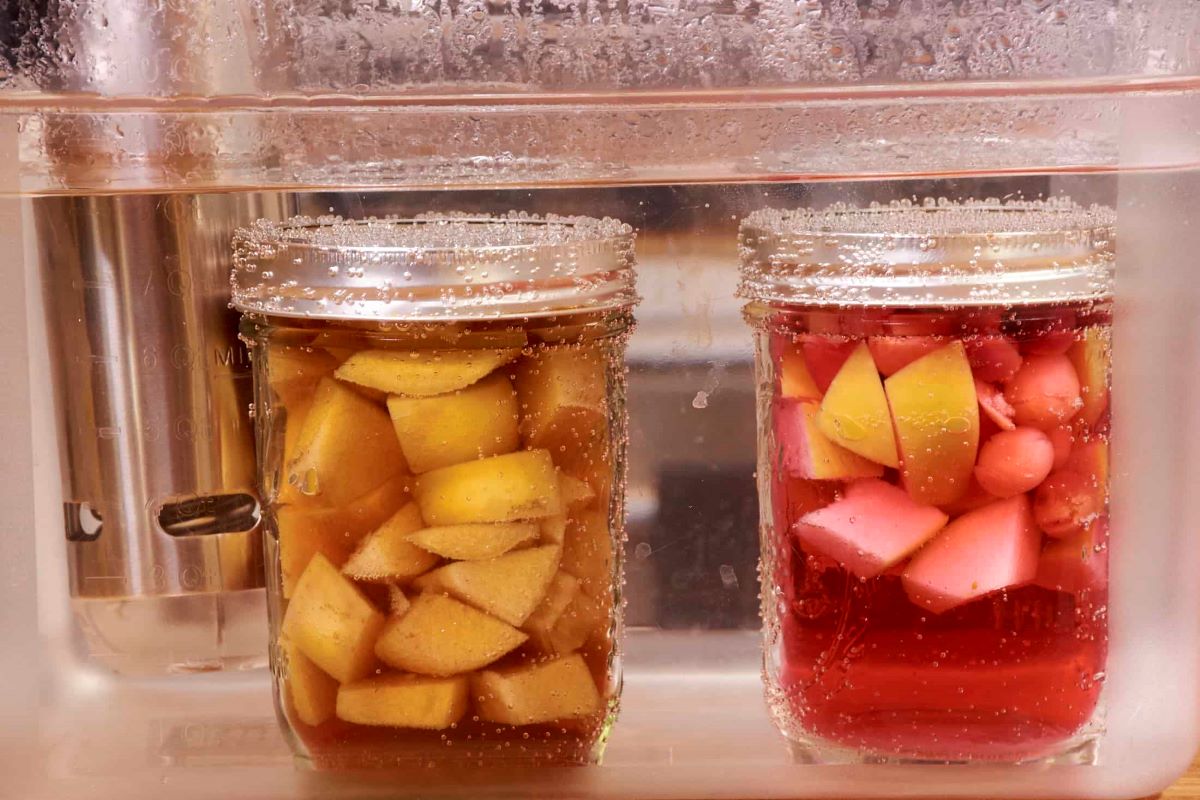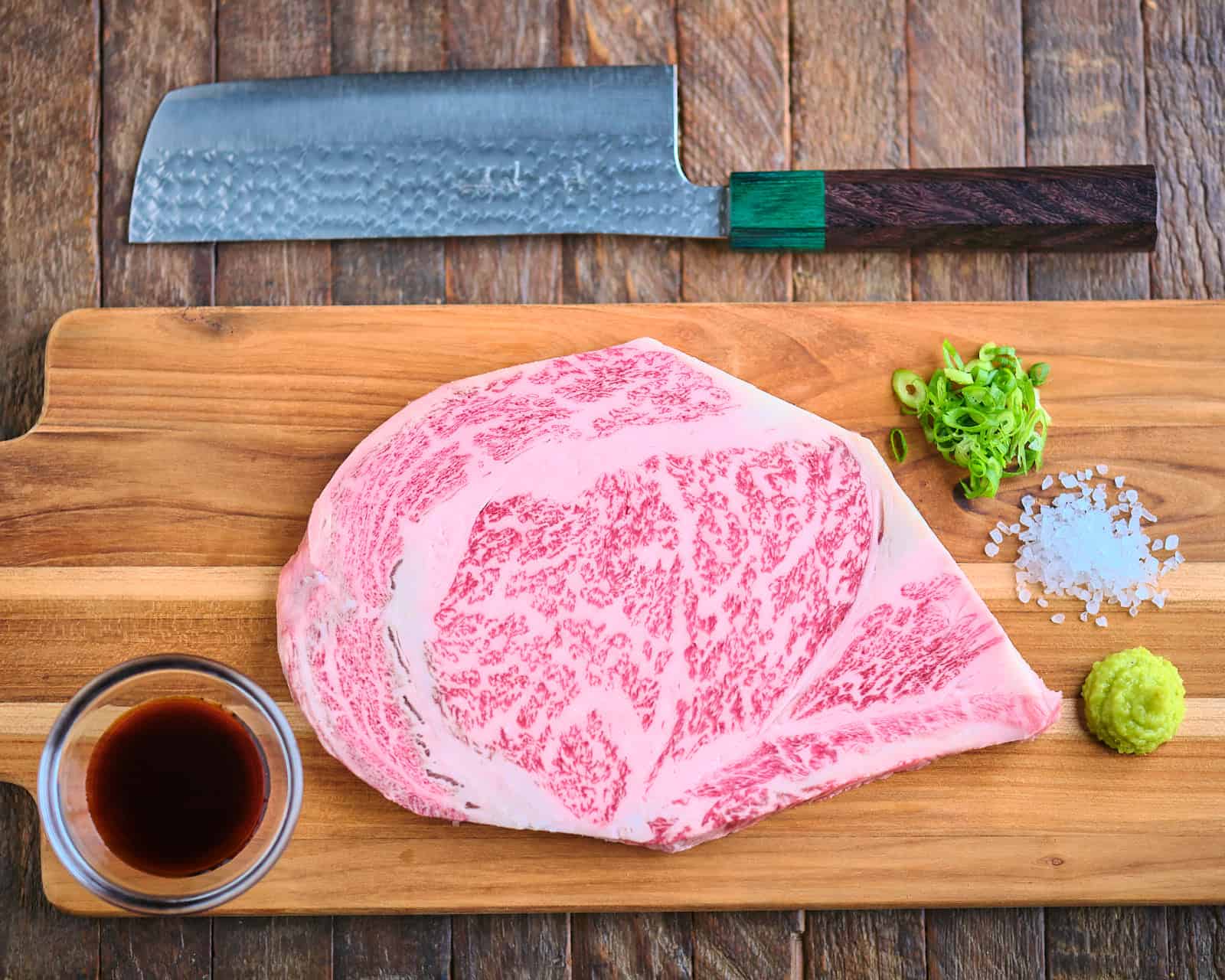Why Sous Vide Vegetables Are a Game Changer for Your Kitchen
When it comes to cooking vegetables, finding the perfect balance between texture and flavor can be a challenge. Overcooking can lead to mushy, flavorless veggies, while undercooking can leave them tough and unappetizing. However, there’s a cooking technique that can help you achieve the ideal texture and flavor every time: sous vide.
Sous vide, which means “under vacuum” in French, is a cooking method that involves sealing food in a plastic bag and cooking it in a water bath at a precise temperature. This technique is widely used for cooking meats, but it’s also a game changer for vegetables. Here’s how to sous vide vegetables to perfection:
Choosing the Right Vegetables
Not all vegetables are created equal when it comes to sous vide cooking. While most vegetables can be cooked using this method, some may require different cooking times and temperatures. Root vegetables like carrots, potatoes, and beets are great candidates for sous vide cooking, as are sturdy vegetables like asparagus, broccoli, and green beans.
Preparing the Vegetables
Before placing your vegetables in the sous vide bath, it’s important to prepare them properly. Wash and peel the vegetables as needed, and then cut them into uniform pieces to ensure even cooking. You can also add herbs, spices, or aromatics to the vacuum-sealed bag to infuse the vegetables with extra flavor.
Sous Vide Cooking Times and Temperatures
Each type of vegetable has its own ideal cooking time and temperature for sous vide cooking. Here are some general guidelines to get you started:
- Root Vegetables: Cook at 183°F (84°C) for 1-2 hours.
- Sturdy Vegetables: Cook at 183°F (84°C) for 30-45 minutes.
- Leafy Greens: Cook at 185°F (85°C) for 10-15 minutes.
Keep in mind that these are just starting points, and you may need to adjust the cooking times and temperatures based on your personal preferences and the specific vegetables you’re cooking.
Finishing the Vegetables
Once the vegetables have finished cooking in the sous vide bath, you can serve them as is for a tender and flavorful side dish. However, if you prefer a bit of caramelization and added texture, you can finish the vegetables by searing them in a hot skillet for a few minutes. This will give them a delicious golden crust while maintaining their perfect tenderness.
Benefits of Sous Vide Vegetables
Sous vide cooking offers several advantages when it comes to preparing vegetables. Here are a few reasons why you should consider adding sous vide vegetables to your cooking repertoire:
- Precision: Sous vide cooking allows you to control the temperature with precision, resulting in perfectly cooked vegetables every time.
- Flavor Retention: Since the vegetables are sealed in a bag during cooking, they retain their natural flavors and nutrients without the risk of leaching into the cooking water.
- Convenience: Sous vide cooking is hands-off and requires minimal attention, allowing you to focus on other aspects of your meal preparation.
- Consistency: With sous vide cooking, you can achieve consistent results with your vegetables, eliminating the guesswork of traditional cooking methods.
Whether you’re a seasoned chef or a home cook looking to elevate your vegetable game, sous vide cooking is a technique worth exploring. With its ability to deliver perfectly cooked, flavorful vegetables with minimal effort, sous vide is sure to become a staple in your kitchen.
So, the next time you’re looking to impress your dinner guests or simply treat yourself to a delicious and nutritious meal, consider giving sous vide vegetables a try. You may be surprised by how this cooking method can transform the way you prepare and enjoy your favorite veggies.
